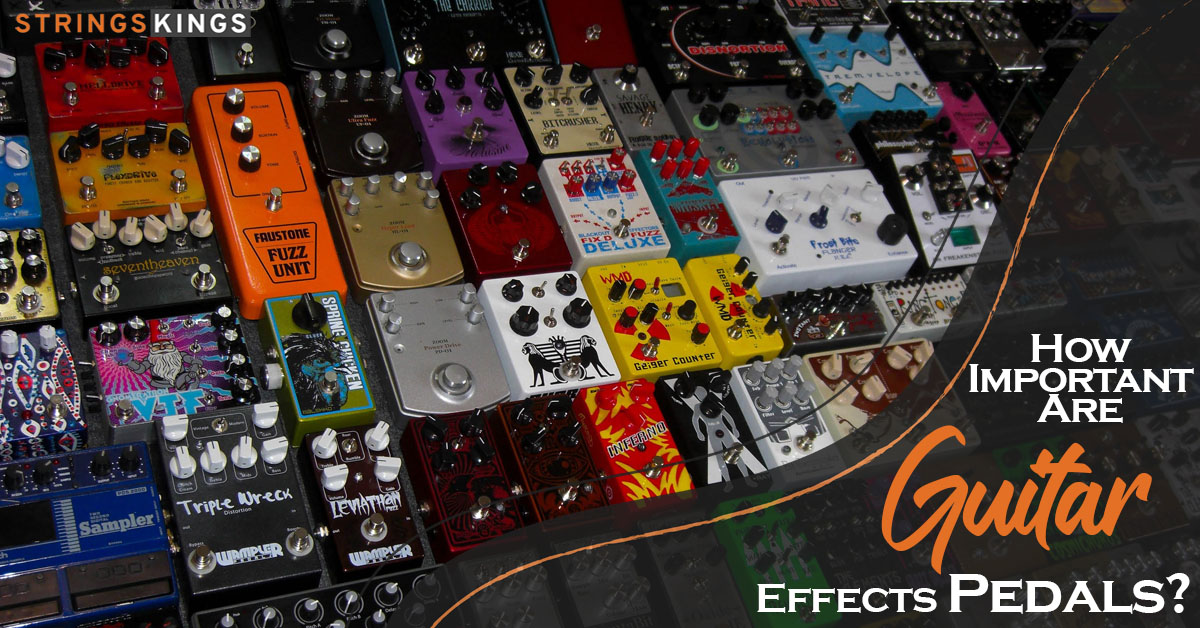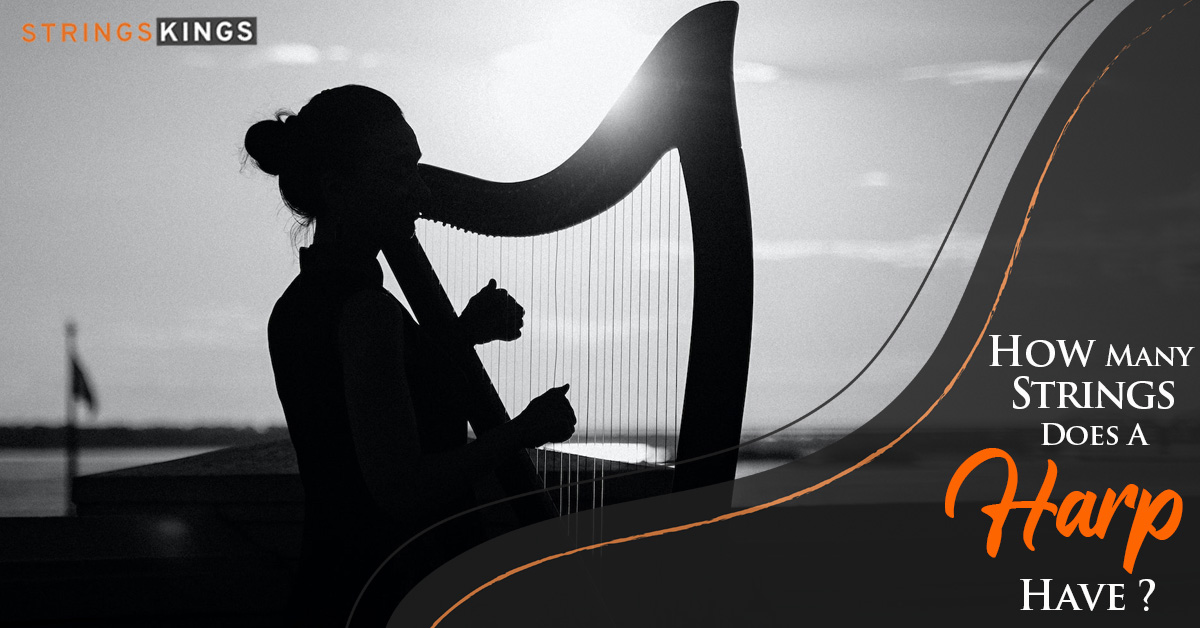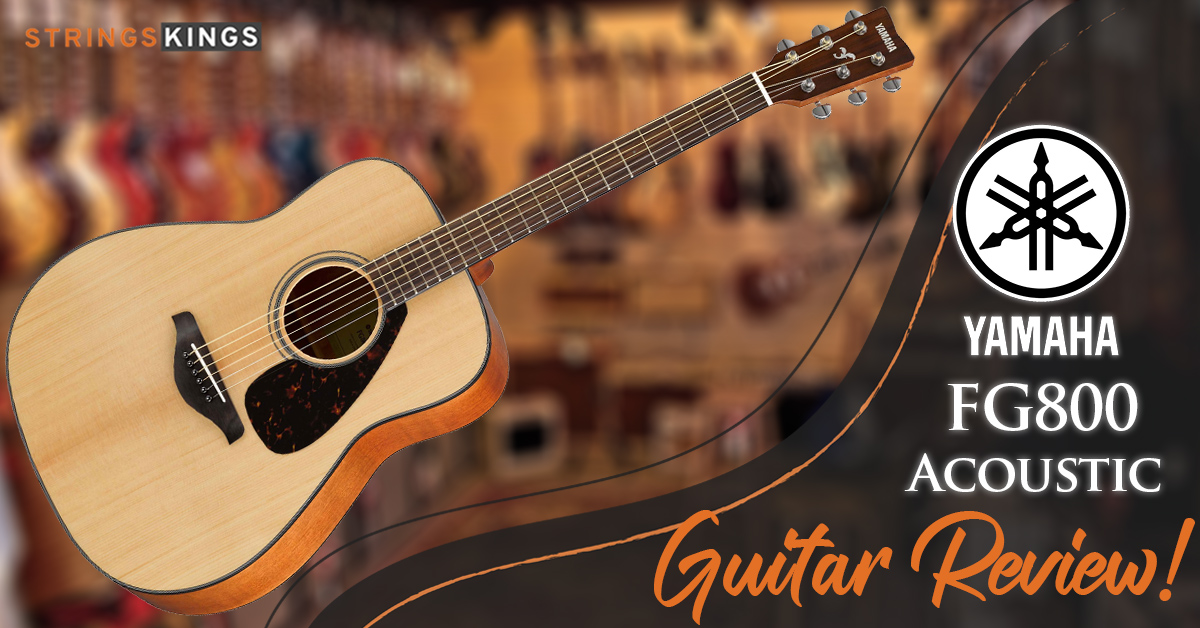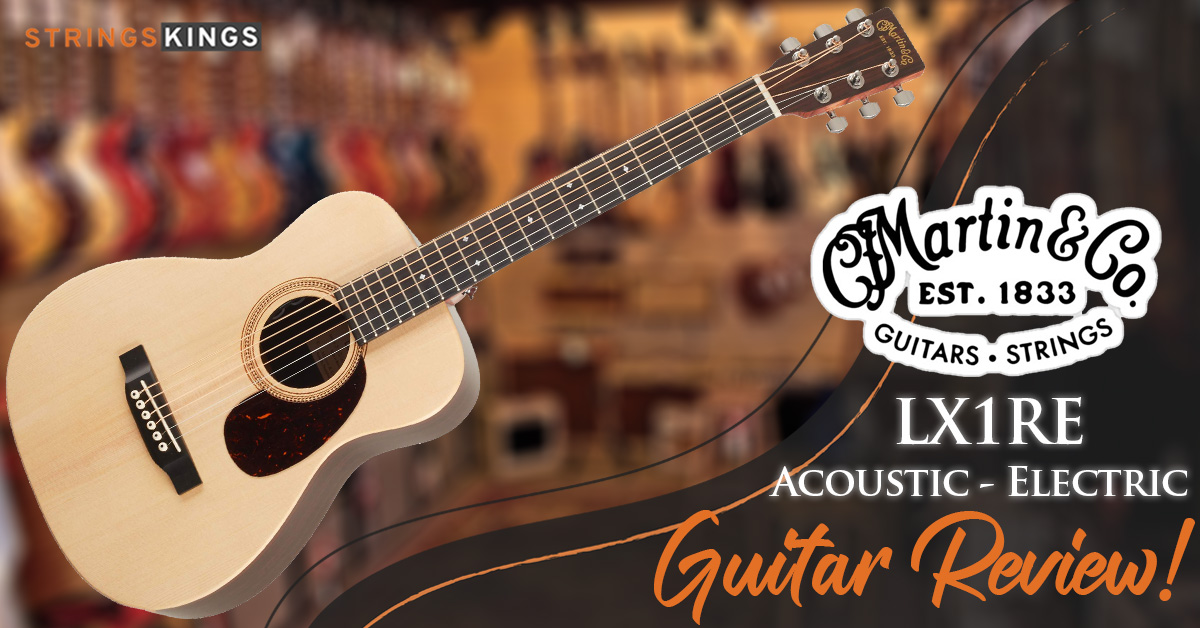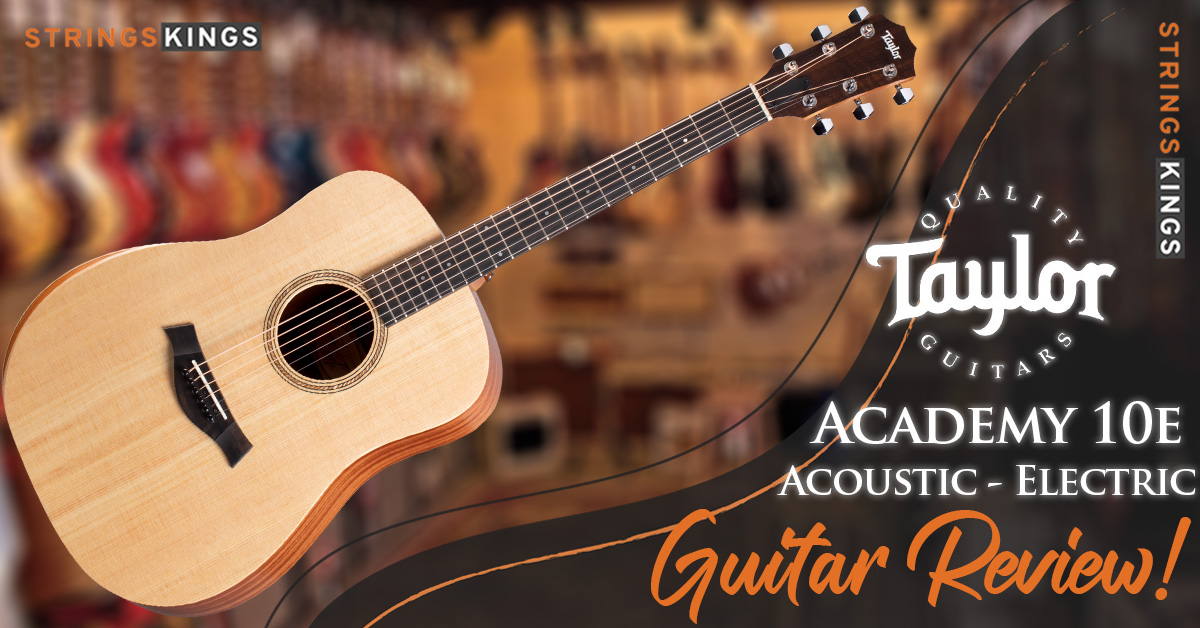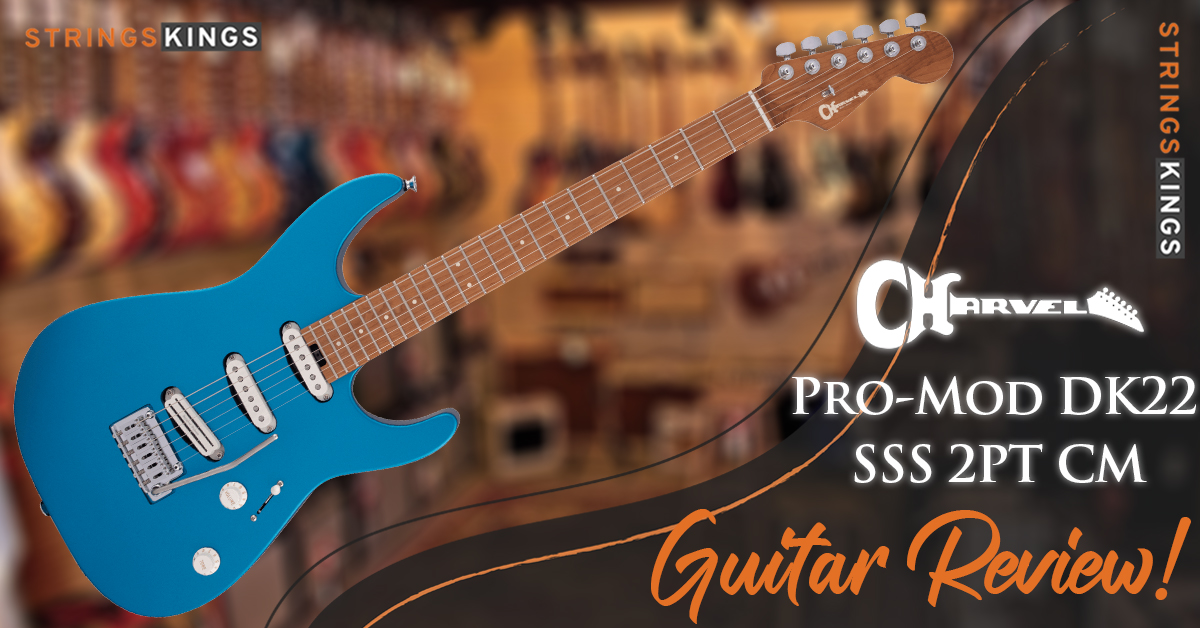Table of Contents
Order of Guitar Pedals on Your Pedalboard
Introduction
Musicians have access to a wide variety of effects and devices, so setting up your signal chain can be confusing. With our pedal selection, you can place pedals in a variety of ways in your audio signal chain.
Each method of connecting your effects can result in different sonic results, and there is no right or wrong way to do so. However, what may work for one individual or rig may not work for another.
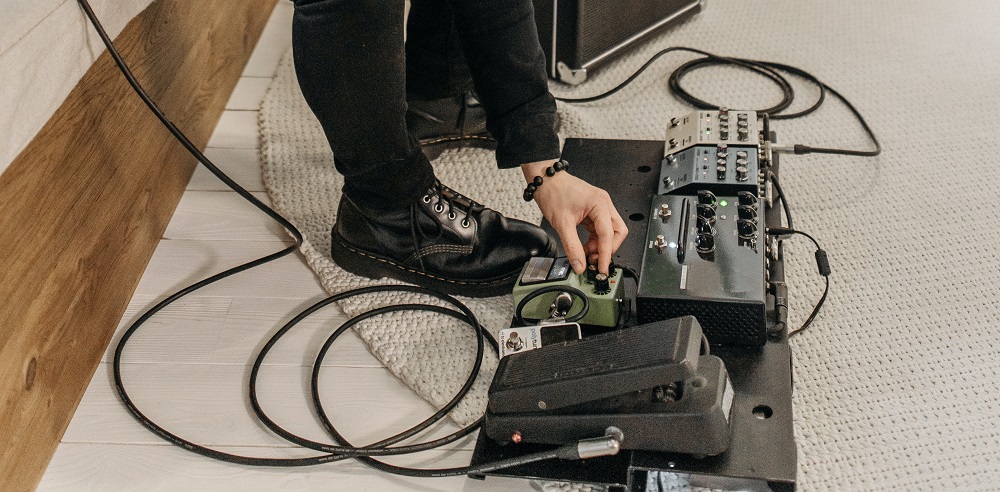
In the signal path, where does each pedal go?
Prior to connecting pedals, you should keep the following 4 tips in mind:
Rule 1 – There is no rule. It may not be possible to make the sound you are seeking through what we could call the appropriate or logical signal path, but that is not always the problem. It is crucial to understand how the sound will appear. As long as it produces the sound you are looking for, it is acceptable, although you may need to address the noise issue.
The traditional pedal board arrangement was designed for a variety of reasons, among which was to reduce noise. Another important aspect is following the principles of how sound is produced in physical space (see Rule 4). However, the final decision rests with you. An old saying goes: if it works, don’t change it.
Rule 2 – Certain pedal types work better at certain points in the signal path than at others. It is advisable to place octave pedals or tuners before the distortion since they are not as effective with distorted signals.
Rule 3 – Noise can be a problem, especially with distortion sounds produced by high gain levels. Compressors, wah-wahs, EQs, overdrives, and distortions are some of the pedals that can add volume.
Rule 4 – There is an order to the way sounds naturally occur in physical space when sound-making devices like stompbox pedals are excluded from the equation. In the case of distorted guitar amps, distortion occurs physically when the circuits of the amp become overloaded, and any echo you might hear occurs after the distorted sound bounces off of walls or ceilings.
In this regard, logic dictates that your reverb pedal and/or delay pedal should be placed at the end of the signal path, since it is in this manner that the sounds they produce are achieved in three dimensions.
Order of Guitar Pedals We Suggest:
1. The Tuner
There is also the possibility of experimenting with tuners. There are some people who prefer their tuner to be the first component in the signal chain. This will enable them to be used as mute switches when changing guitars and silent tuning can be achieved.
In this case, we would like to emphasize the importance of using the best possible tuner with the highest quality components, since your tuner will directly influence the quality of your overall sound.
Due to the fact that we use a volume pedal and place my tuner on a separate signal path, it does not affect the tone of the guitar. Also, the volume pedal becomes mute and the tuner can stay active, which makes fast tuning very simple
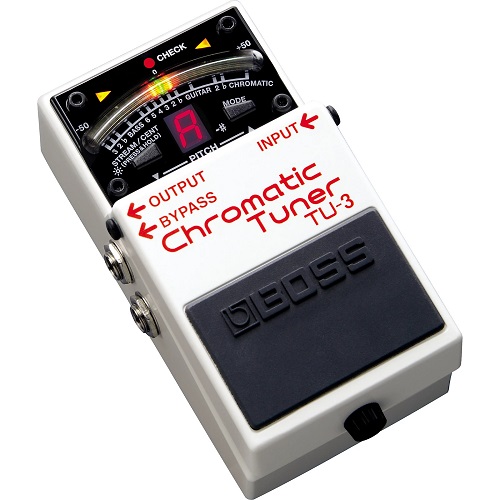
2. The Compressor
As a rule of thumb, any compression should occur before the rest of the signal chain in order to reduce peaks, while still allowing for volume jumps. The output level of pedals after a compressor, especially drives, might need to be adjusted in order to achieve even signal distribution and gain.
As soon as they are dialed in, you are good to go. By placing compressors in front of drives, they will be able to smooth the response of the drives while also delivering a hotter signal to their input and a ‘fatter’ sound.
It is also possible to place the compressor at the end of your chain. By doing this, you will be able to reduce the difference in amplitude among different signal paths within your board and achieve a more consistent signal level. It is almost certain that your guitar post-amp and post-mic will be compressed when you record in a studio.
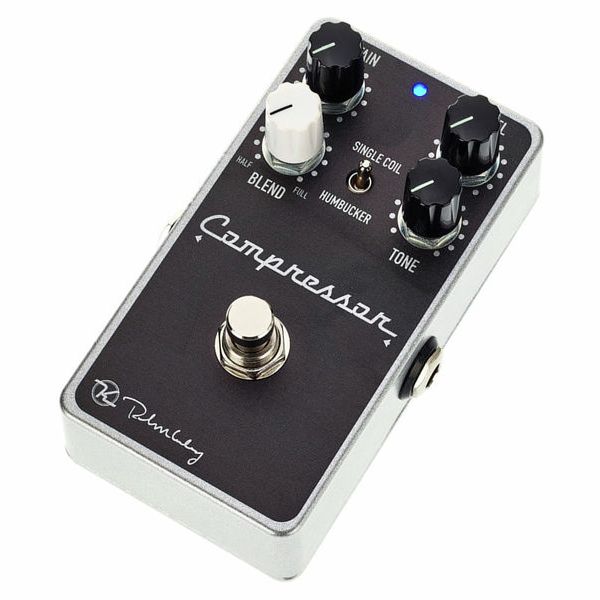
3. The Phasers/Wahs
It is possible to place modulation pedals at various points in the chain. It is possible to achieve interesting results by placing a chorus in front of delays or reverbs, for example.
It is generally true, however, that modulation pedals are most effective at the end of a chain, where they can add a subtle or dramatic touch of color. After an overdrive or fuzz, phasers and flangers perform best.
In addition to adding extra harmonic content to the waveform, overdrives and fuzzes also emphasize frequencies and resonances within the sample, giving modulation effects more harmonic content to chew on.
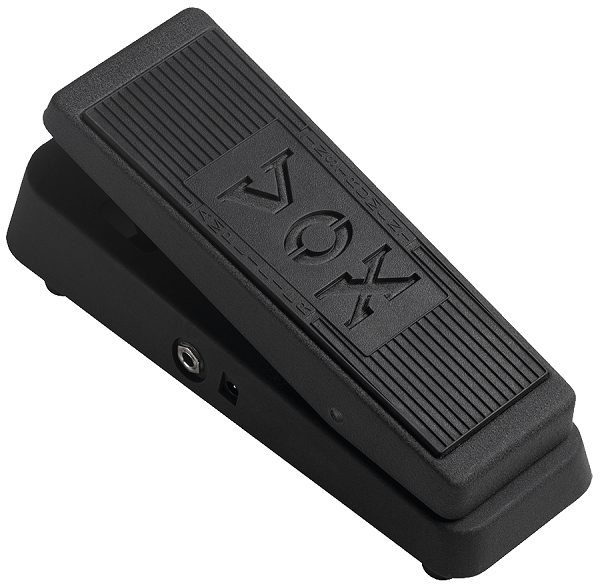
4. The Overdrive
In spite of the fact that fuzz pedals are often intolerant of their position in the chain, overdrive pedals are often placed before them. In some cases, this can be attributed to the use of a transparent overdrive as a boost, which is then combined with the fuzz.
In addition to EQ, stacking drives and fuzzes is a popular technique in the music industry. A good overdrive or distortion pedal usually features a good EQ, whether it is a one-knob adjustment (such as the Tube Screamer) or a three-band amp-style EQ (such as Friedman, Wampler, and Marshall pedals).
The reverse method is also used by some – running a fuzz pedal into a Tube Screamer will further compress it. In addition to the Tube Screamer’s clipping mechanism, its EQ profile also plays a role in this.
Accordingly, the EHX Big Muff Pi notches the signal at approximately 1 kHz, whereas the Tube Screamer boosts the signal at a similar frequency. Combining the two produces a thicker and somewhat flatter EQ profile, which is preferred by some players.
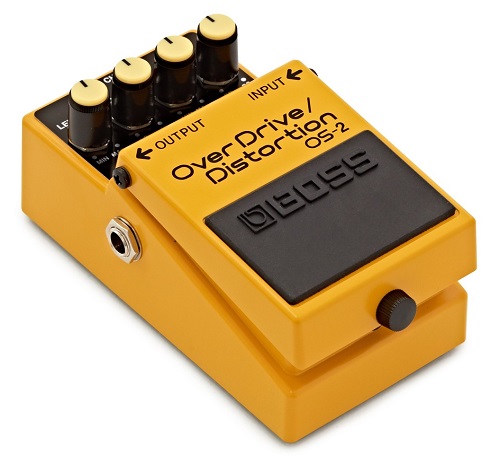
5. Equalization
A tone can be shaped by adjusting the bass, middle, and treble frequencies with an EQ pedal. When it comes to where EQ pedals should be placed in the chain, there is a bit of discussion, mainly because there is no definitive answer. You should consider what effect you are trying to achieve before making a decision.
- It is possible to adjust the tone of the pickups before adding gain pedals (overdrive and distortion) in order to allow the gain pedals to emphasize the current EQ.
- This method allows you to fine-tune your tone after the EQ of the gain pedals has been set, but before you apply any effects.
- End of the chain; if all other pedals have altered the signal but you are still unable to achieve the right balance. Placement before modulation effects is less common.
With the help of an EQ pedal, you are able to address specific issues with your tone. An EQ pedal can be beneficial for taming the treble frequencies of your distortion pedal, for instance.
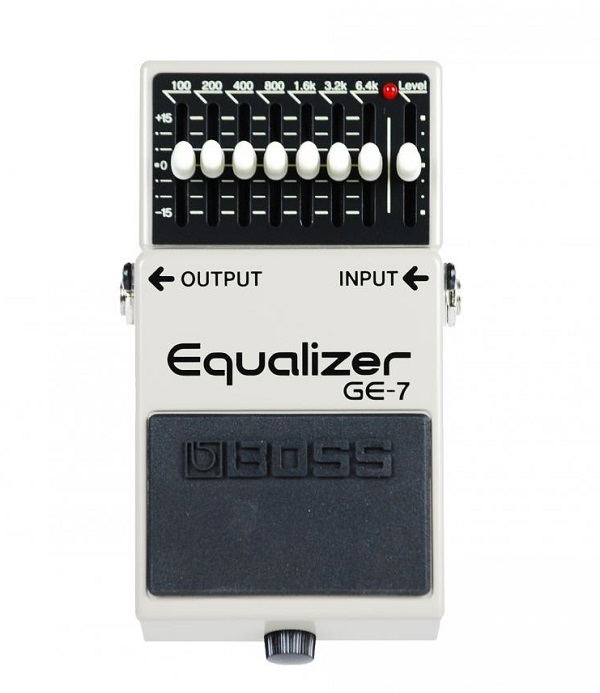
6. The Level Pedals
When you are using multiple gain pedals in your setup, the placement of any gain pedal is the most flexible. It is important to keep in mind that the overall sonic profile of a gain pedal will directly affect whatever comes before it. A wah followed by an overdrive will produce a mellower, more vocal sound.
In contrast, overdrive, followed by wah, produces a much wider sweep with more dramatic wah sounds. It is more likely that distortion, followed by compression, will produce a more even sound with a lower dynamic range. Adding delay, then distortion can result in messy, uneven repeats that may not work in every instance, but could be just what you need in some circumstances.
7. The Delay (Digital Delay, Analogue Delay)
Your echo and delay units should be placed at this point so that all the cool sounds you have created will be repeated in the delays. Though you can experiment with this, sometimes you will want your delayed signal to be fed into a chorus or pitch shifter, but most commonly you will not want to do so. In the end, it is up to you to experiment.
We have really too many favorite delay pedals, which you will be able to check on this link here. In addition, we enjoy old tape delays, though we usually only use them in the studio, not outside.
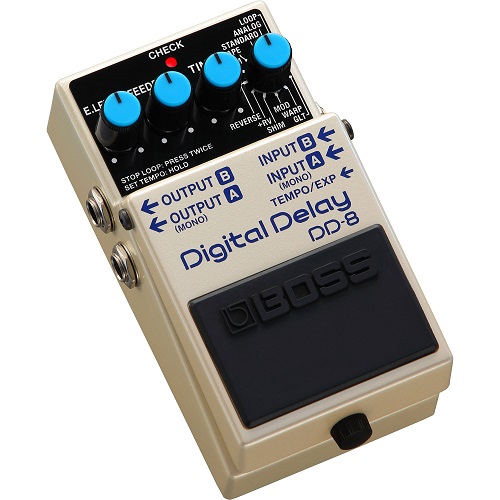
8. The Reverb
The reverb pedal is usually placed at the end of a chain, unless there are any modulation pedals following it.
Depending on the type of reverb you are using, where you place a reverb pedal may be affected. In the case of modern reverbs which are more sound-effect-oriented, they may be added at any point in the chain. Reverse reverb, for example, can make a delay sound great.
On the other hand, if it is more of a classical-style room sound, then it will be more effective to place it later in the chain. Due to this, prior effects will be ‘glued together’ as they are in practice rooms and live music venues.
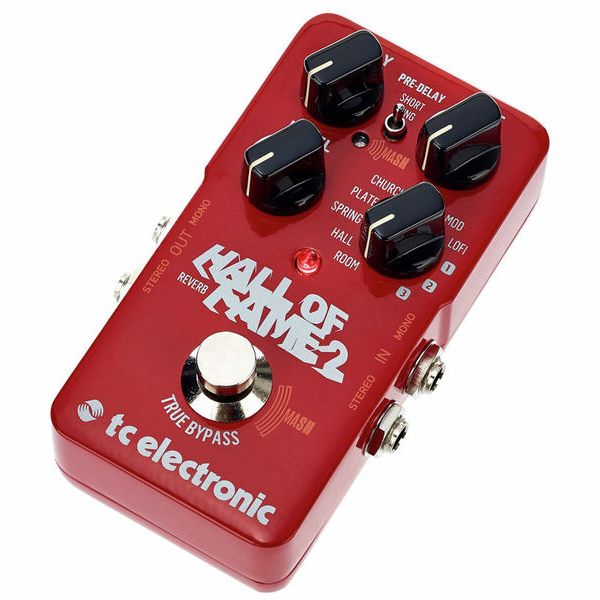
Conclusion
It is important to keep in mind that these setups do not constitute set rules that must be followed. If your effects are placed in unorthodox locations, you can obtain a variety of unique sounds.
When setting up your effects, it is not uncommon to encounter that special sound that came about by accident. You can create your own pedalboard according to your preferences by following these suggestions.

